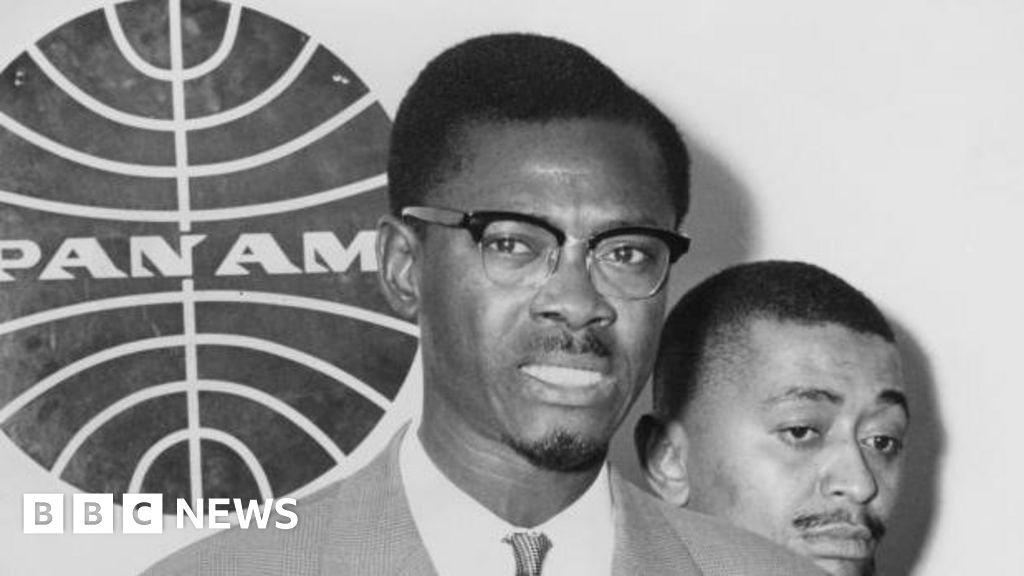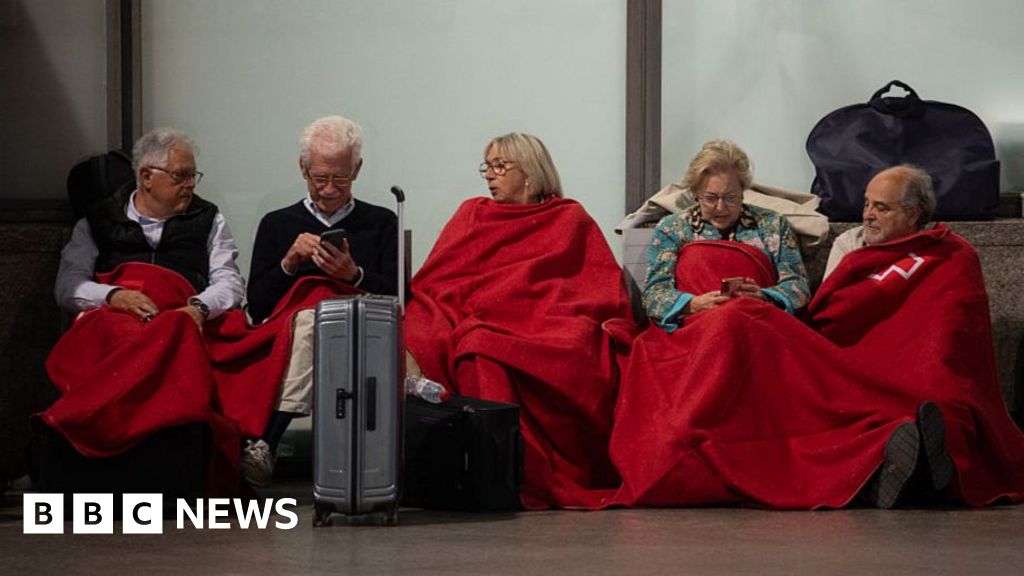Iké Udé will tell you that he is not a dandy, and that he wonders why Americans are so keen to categorize people. “I don’t think I should elect to call myself anything,” he said.
If pressed, though, the elegant Mr. Udé, a New York artist born in Nigeria, will acknowledge that “dandyism is a discipline,” one that he does practice, even while refusing any label.
Yet dandyism is all about refusal — of fixed identities, of mediocrity, of gender conventions, of the boundary between life and art. Dandyism blends literary and artistic creation with the art of personality, the careful cultivation of image and behavior — all of which applies to Mr. Udé’s practice.
Mr. Udé, 60, has long enjoyed a reputation as a pre-eminent dandyist artist; in fact, his portrait appears on the cover of “Slaves to Fashion: Black Dandyism and the Styling of Black Diasporic Identity,” the landmark 2009 study by Monica L. Miller, a professor of Africana studies at Barnard College.
This season, Black dandyism — and Mr. Udé — are very much in the conversation. Andrew Bolton, curator in charge of the Metropolitan Museum of Art’s Costume Institute, invited Professor Miller to help organize this spring’s exhibition, “Superfine: Tailoring Black Style,” which was inspired by her book.
Mr. Udé served as a special consultant to the exhibition, a work of his appears in the show, and he also provided the catalog’s epilogue, written partly in dandyist aphorisms. He was also tapped to photograph a related cover story for Vogue’s May issue, a profile of the actor and producer Colman Domingo, who is a co-chair of this year’s Met Gala.
Many tend to associate dandyism with white, European aesthetes of earlier centuries — men like Beau Brummell, Lord Byron, Aubrey Beardsley and Oscar Wilde — who often produced art or literature, but also produced themselves: making social waves not by dint of noble birth, but through their carefully constructed personas, ironic wit and impeccable dress.
Although less recognized, Black dandyism also dates to the 18th century, when, as Professor Miller writes in her book, “the Atlantic slave trade and the rise of a culture of consumption created a vogue in dandified Black servants.” But over time, she explains in a video announcing the exhibition, dandyism “gave Black men and women an opportunity to use clothing, gesture, irony and wit to transform their identities.”
At his Chelsea apartment and studio, Mr. Udé greeted me in one of his signature looks: pale khaki Bermuda shorts; vintage white oxfords; a fitted beige cotton blazer, discreetly striped in black and red; a crisp white shirt; and a silk neckerchief in chartreuse, black and red. As ever, Mr. Udé’s hair rose in two hemispheres of springy curls, parted in the middle, giving the effect of a bifurcated crown.
The space is at once spare and densely appointed, with minimal furniture and little evidence of food preparation, but abundant books (covering art, architecture, fashion and centuries of literature) as well as art, figurines and decorative objects of all kinds. A plastic model of a human heart sits on a shelf. Japanese dolls, dressed in tiny, exquisite kimonos, strike graceful poses. “I love their sartorial fireworks,” Mr. Udé said.
Look up, and you see the soles of Mr. Udé’s extensive shoe collection, neatly lining the wooden racks installed overhead. (“The truly sublime pleasures of wearing shoes reside in their voluptuous interiors,” Mr. Udé wrote in his essay for the Costume Institute catalog.)
Behind his workstation, an entire wall is papered with colored Post-it notes, each bearing a name, idea or quotation. One reads: “Fewer Pictures and Better.”
Mr. Udé’s art is as densely alive as his home. He is renowned for his meticulously composed, color-saturated theatrical photographic portraits of himself and others. “Self-portraits” may not be quite the right term for those pictures featuring Mr. Udé, though, since he is not depicting “himself.” Instead, he portrays a world of diverse, elaborately costumed characters, posed in complex, faintly Surrealist tableaux, in visual conversation with curious objects (often added digitally): a gramophone, a butterfly net, even a bird sporting an expression as wryly self-composed as Mr. Udé’s.
Portraits of others pack similar visual punch, each subject presented as if the ruler of a miniature kingdom, styled sumptuously by Mr. Udé (after an “intense Zoom session” during which he studies their look and personality), faces lit to heighten their sculptural drama.
“I just love seeing people beautiful,” he said. His ambitious 2016 series, “Nollywood Portraits,” consisted of 64 images of actors and directors working in the exploding Nigerian film industry, all vibrating in glowing jewel tones.
Mr. Udé’s current project, “Amazing Graces: Portraits of Eminent African American Women,” is similarly ambitious, featuring 64 portraits of notable Black women with accomplishments in the worlds of business, philanthropy, the arts, politics and academia.
The impetus? “As a group, African American women are not terribly well represented aesthetically,” Mr. Udé said. “When they’re represented, in cinema, for example, it’s a bit crude. They are like double minorities. Look at the role of African American women in ‘Gone With the Wind.’” With the series, he aims to “establish an artistic and aesthetic standard that future generations can reference and use as a point of departure.”
Famous figures already photographed in this lineup include the actress Phylicia Rashad; her sister, the choreographer, actress and director Debbie Allen; and the diplomat Susan E. Rice. Mr. Udé said that the series also represented “a debt” to his mother, who died at just 54, pausing to show me an old photograph of a lovely woman in a 1950s-style taffeta dress.
For Mr. Domingo’s Vogue cover, Mr. Udé transformed the actor into a kind of dandy-cavalry officer, posed against an intensely crimson background, one hand on his hip. He wears slim-fitting red trousers and a cropped, double-breasted, black military-style jacket lined with gold buttons (both from Balmain), adorned with a Chanel brooch resembling a war medal. In one hand, Mr. Domingo clutches a pair of red kid gloves. In the other, instead of a sword or a riding crop, he holds a wilting red and yellow peony.
“I wanted to portray Colman as a contemporary version of a gentleman of a past epoch,” Mr. Udé said.
Dandyism is about precisely such romanticism, the magic and art of envisioning and crafting a life — whether in reality, fiction or, somehow, both at once.
Before I left, Mr. Udé showed me a photo of himself, taken in the 1980s. In it, he wears a monocle. “People would ask if it was a prescription lens,” he said. “I would say, Yes, for aesthetic vision.”
Source link

















